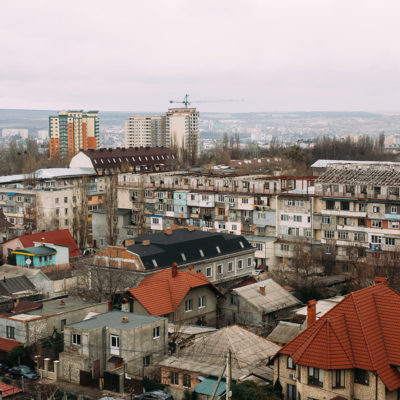
Working to close the significant treatment gap and see more people on optimal treatment in Russia.
An estimated one million people are living with HIV in Russia.
An increase in treatment during 2017 means that nearly 350,000 people are now receiving antiretroviral therapy (ARVs). However, nearly two-thirds of people requiring medicines remain without access. With 100,000 new infections in a year, increasing treatment coverage needs to be a priority to save lives, which would also reduce the number of new transmissions.
Up to 5.8 million people in Russia are estimated to be living with Hepatitis C. In addition to the extremely high figure, there is a significant treatment gap here. Of the millions of people in need of treatment, just over 60,000 patients are registered and only 10,000 of those received treatment in 2017. The figures were similar in 2016 indicating a lack of progress.
Intellectual property barriers, government policies, and stigma and discrimination are contributing to both the high prevalence rates for HIV and Hep C and, for Hep C, the stagnation in treatment.
Our focus
Our campaign partner, ITPCRu, is working to increase access to treatment. It monitors drug prices and procurement in the Eastern Europe and Central Asia (EECA) region, and works to remove intellectual property barriers and reduce the price of optimal HIV and Hep C medicines, i.e. drugs with better efficacy and fewer side-effects.
HIV treatment is free of charge in Russia, as is Hep C treatment for all people with HIV/Hep C co-infection, so in theory a higher rate of treatment should be expected. However, the prices of medicines is high and treatment coverage is low, especially in the case of Hep C.
Nearly 70% of the HIV budget was spent on five ARVs in 2017, three of which are still patent protected and therefore prices are high. Dolutegravir has been procured by Russia but did not feature in the top five. The price tag associated with a company having a monopoly on a drug means that many of the people who are on treatment are accessing out-dated drugs, whereas optimal treatment, with fewer side-effects, is still out of reach. ITPCRu’s focus on securing larger quantities of optimal treatment at a reduced price, such as DTG-based regimens, could simplify procurement and increase access.
Direct acting antivirals (DAAs) are the most effective treatment for Hep C. DAAs are included in the health budget, but all DAAs are currently patented, and with a cost of between $8-13,500 (USD) price is a factor in the quantity procured and the low treatment coverage. Sofosbuvir is under consideration to be included in the essential medicines list and ITPCRu believes the government should negotiate with the patent holder (Gilead), as with all patent holders, for fairer prices.
ITPCRu’s priorities include:
- Registration and introduction of novel drugs, and for these to be included in Russia’s essential medicines list.
- Push for price decreases through stronger patent examination processes to prevent unmerited monopolies and the use of TRIPS flexibilities.
- Increase of treatment coverage and access to optimal treatment.
Useful links
Coverage expansion: risks and opportunities. The findings of the ARV drugs procurement monitoring in 2017 (See page 21-22 for recommendations).
Last updated February 2019.
Read all the Russia news articles





